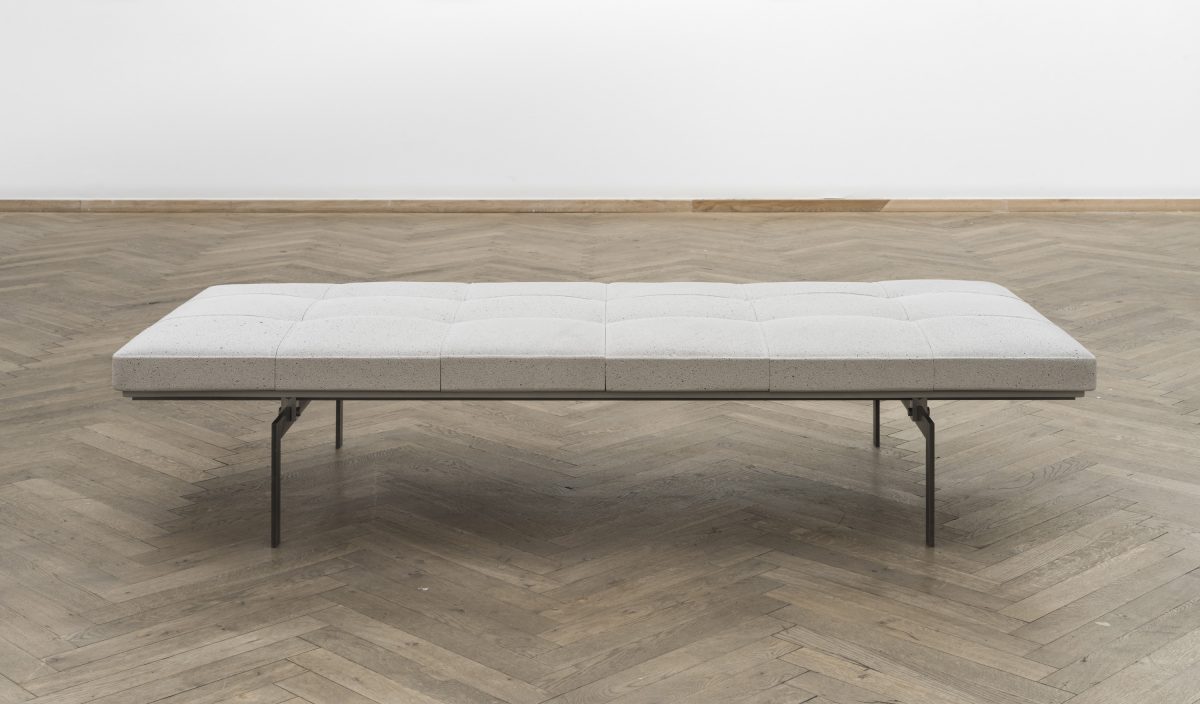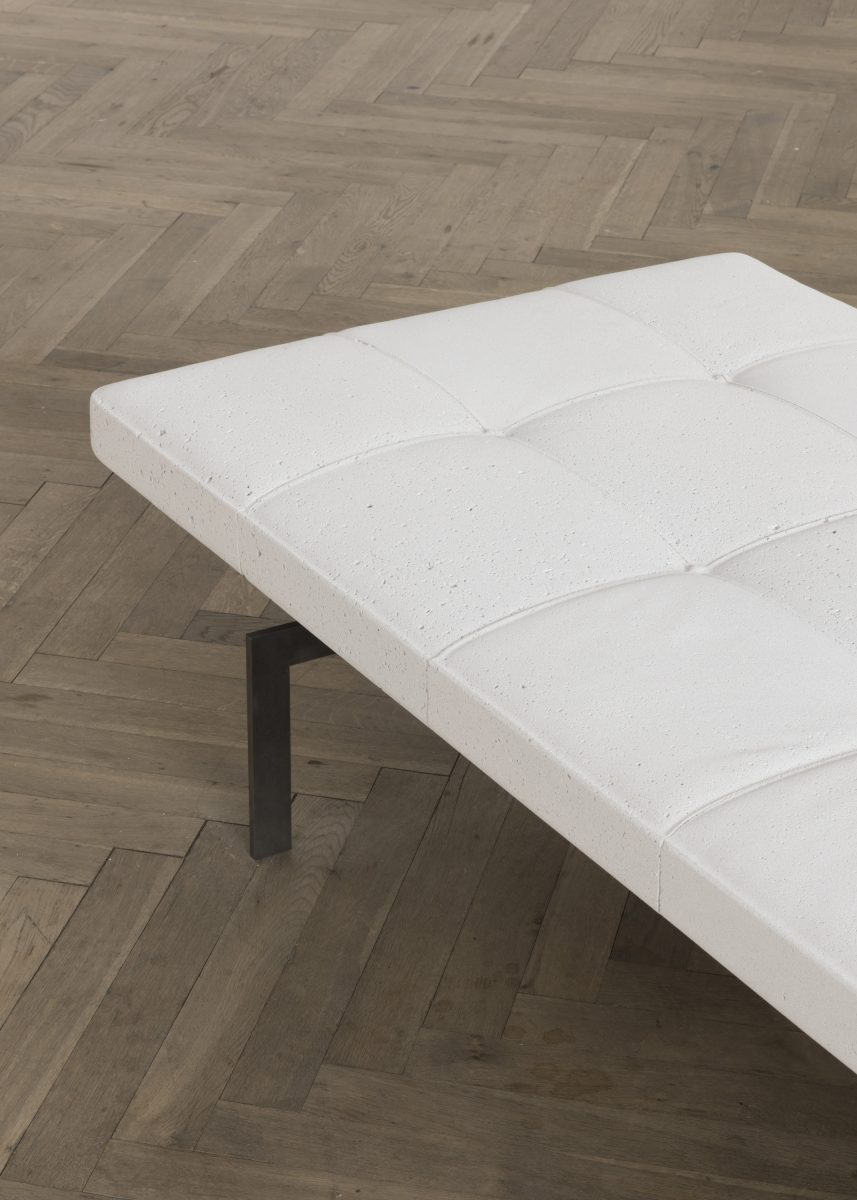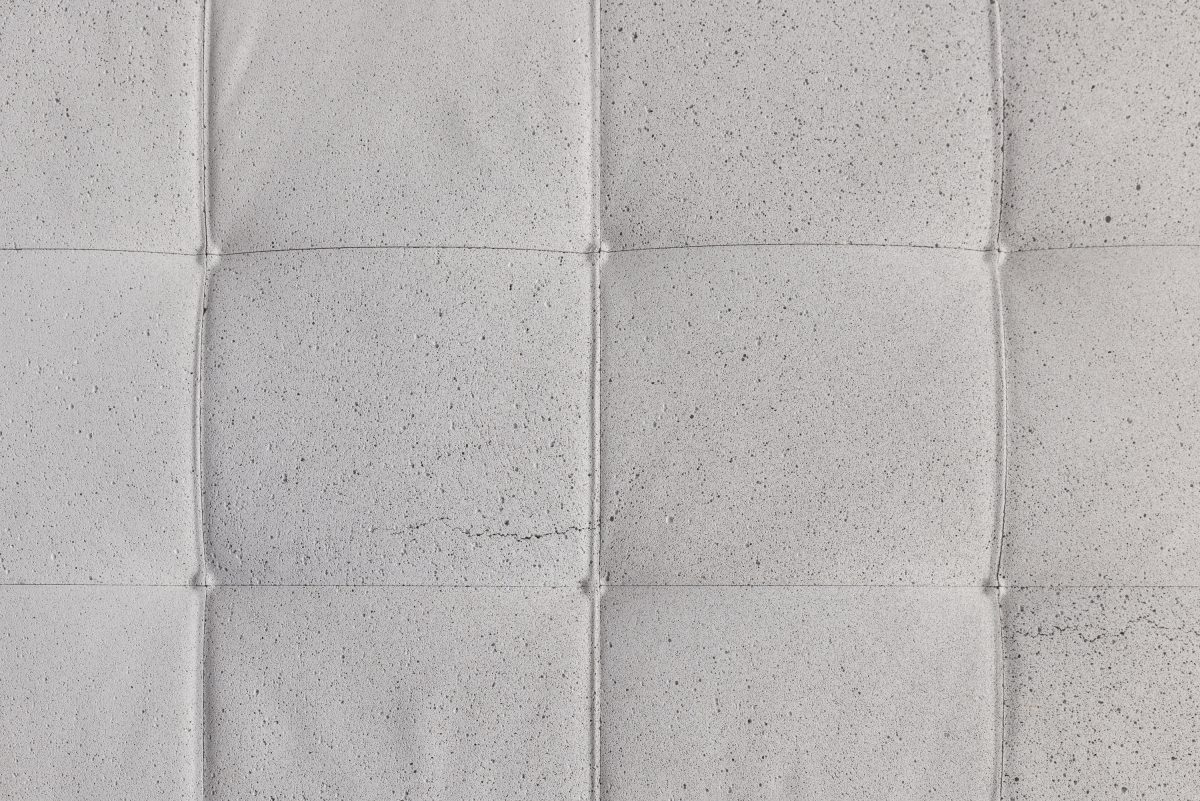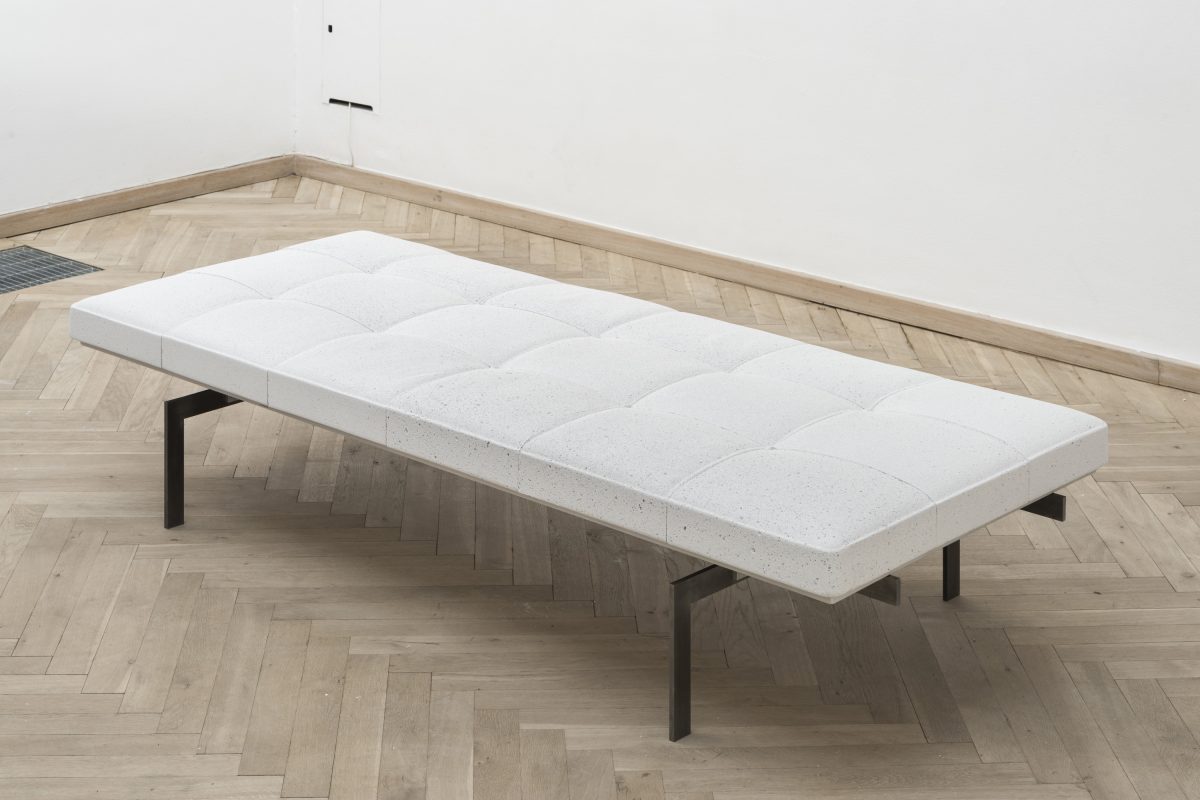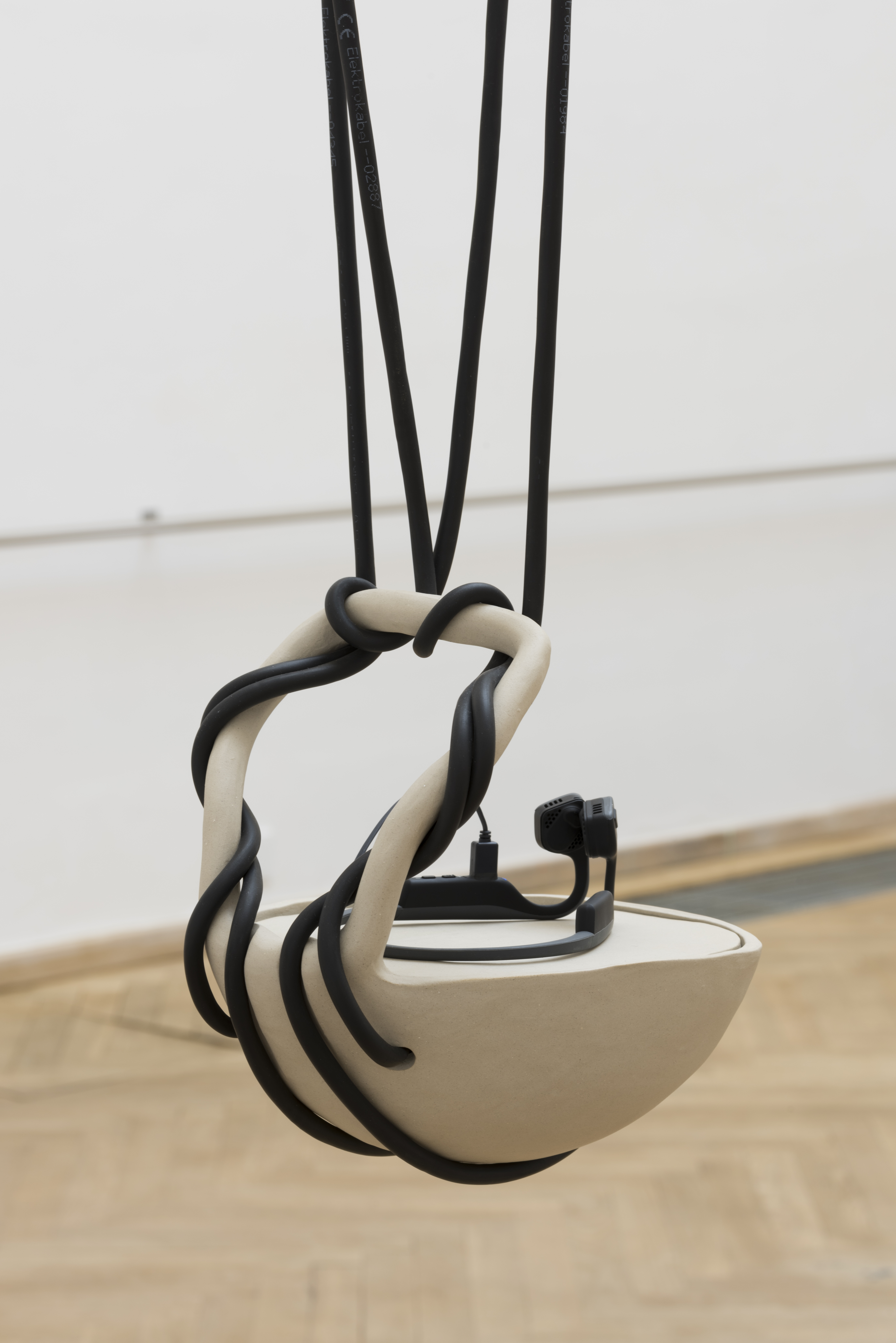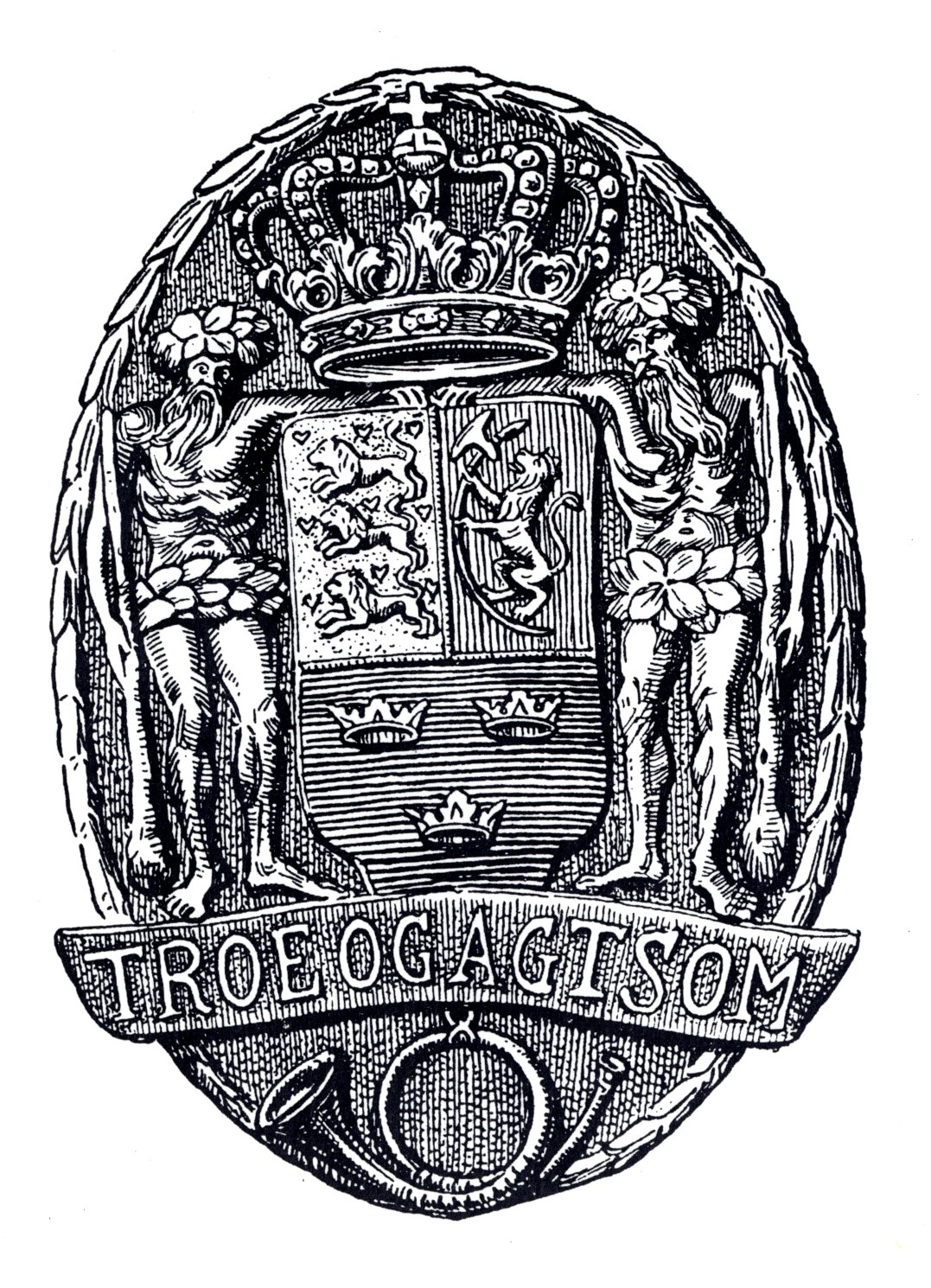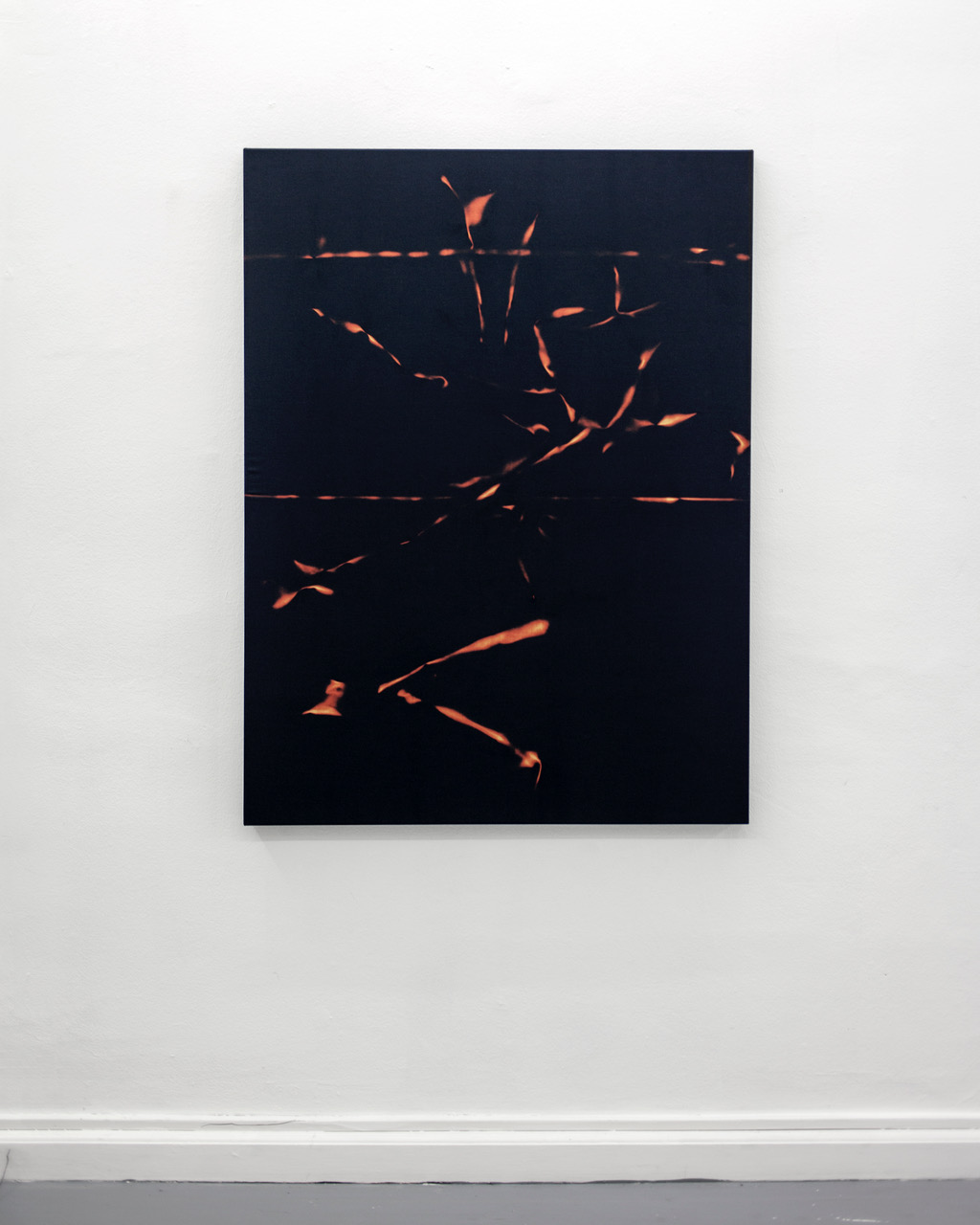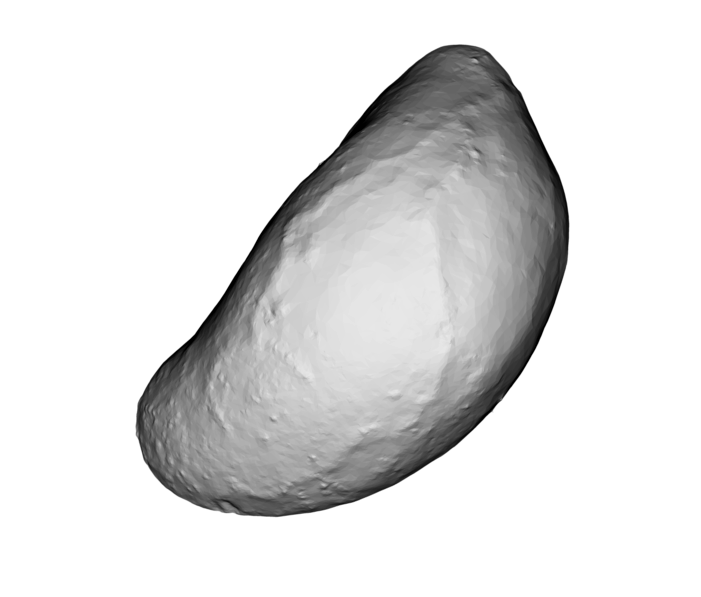Simon Rasmussen
1987, The School of Sculpture Charlottenborg Billedhuggerskolen Charlottenborg & The School of Graphic Arts & Grafisk skole http://www.simon-rasmussen.com/
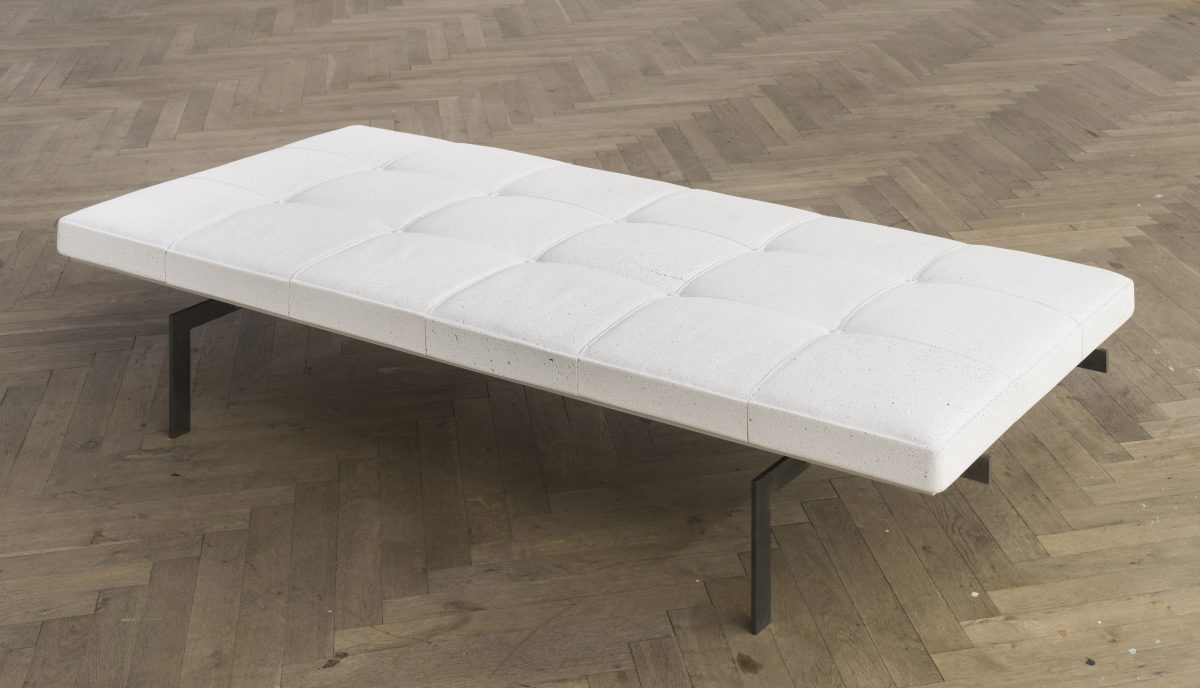
On a brilliant day in may, of the year 1868, a gentleman was reclining at his ease on the great circular divan which at that time occupied the centre of the salon carré, in the museum of the louvre. This commodious ottoman has since been removed, to the extreme regret of all the weak-kneed lovers of the fine arts; but our visitor had taken serene possession of its softest spot, and, with his head thrown back and his legs outstretched, was staring at Murillo’s beautiful moon-borne Madonna in deep enjoyment of his posture. He had removed his hat and flung down beside him a little red guide-book and an opera-glass. The day was warm; he was heated with walking, and he repeatedly, with vague wariness, passed his handkerchief over his forehead. And yet he was evidently not a man to whom fatigue was familiar; long, lean, and muscular, he suggested an intensity of unconscious resistance. His exertions on this particular day, however, had been of an unwonted sort, and he had often performed great physical feats that left him less jaded than his quiet stroll through the Louvre. He had looked out all the pictures to which an asterisk was affixed in this formidable pages of fine print in his Bädeker; his attention had been strained and his eyes dazzled; he had sat down with an æsthetic headache. He had looked, moreover, not only at all the pictures, but at all the copies that were going forward around them in the hands of those innumerable young women in long aprons, on high stools, who devote themselves, in France, to the reproduction of masterpieces; and, if the truth most be told, he had often admired the copy more than the original. His physiognomy would have sufficiently indicated that he was a shrewd and capable person, and in truth he had often sat up all night over a bristling bundle of accounts and heard the cock crow without a yawn. But Raphael and Titian and Rubens were a new kind of arithmetic, and they made him for the first time in his life wonder at his vaguenesses.
Henry James, The American, 1877 (Boston James R. Osgood)
On a brilliant day in may, of the year 1868, a gentleman was reclining at his ease on the great circular divan which at that time occupied the centre of the salon carré, in the museum of the louvre. This commodious ottoman has since been removed, to the extreme regret of all the weak-kneed lovers of the fine arts; but our visitor had taken serene possession of its softest spot, and, with his head thrown back and his legs outstretched, was staring at Murillo’s beautiful moon-borne Madonna in deep enjoyment of his posture. He had removed his hat and flung down beside him a little red guide-book and an opera-glass. The day was warm; he was heated with walking, and he repeatedly, with vague wariness, passed his handkerchief over his forehead. And yet he was evidently not a man to whom fatigue was familiar; long, lean, and muscular, he suggested an intensity of unconscious resistance. His exertions on this particular day, however, had been of an unwonted sort, and he had often performed great physical feats that left him less jaded than his quiet stroll through the Louvre. He had looked out all the pictures to which an asterisk was affixed in this formidable pages of fine print in his Bädeker; his attention had been strained and his eyes dazzled; he had sat down with an æsthetic headache. He had looked, moreover, not only at all the pictures, but at all the copies that were going forward around them in the hands of those innumerable young women in long aprons, on high stools, who devote themselves, in France, to the reproduction of masterpieces; and, if the truth most be told, he had often admired the copy more than the original. His physiognomy would have sufficiently indicated that he was a shrewd and capable person, and in truth he had often sat up all night over a bristling bundle of accounts and heard the cock crow without a yawn. But Raphael and Titian and Rubens were a new kind of arithmetic, and they made him for the first time in his life wonder at his vaguenesses.
Henry James, The American, 1877 (Boston James R. Osgood)
